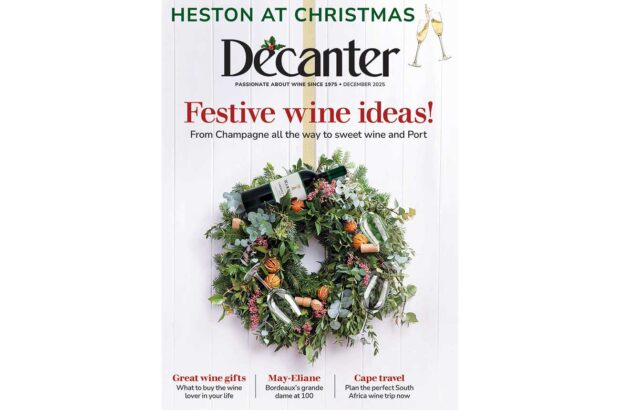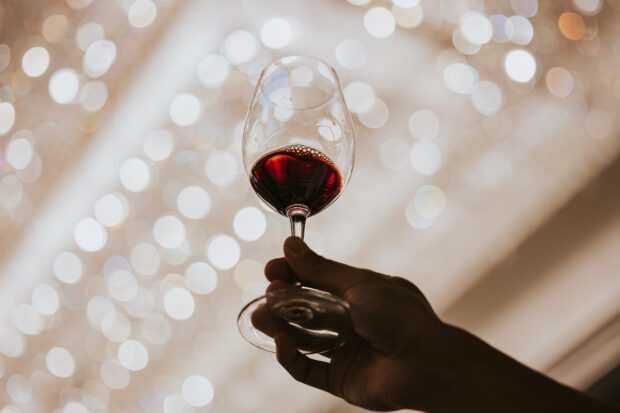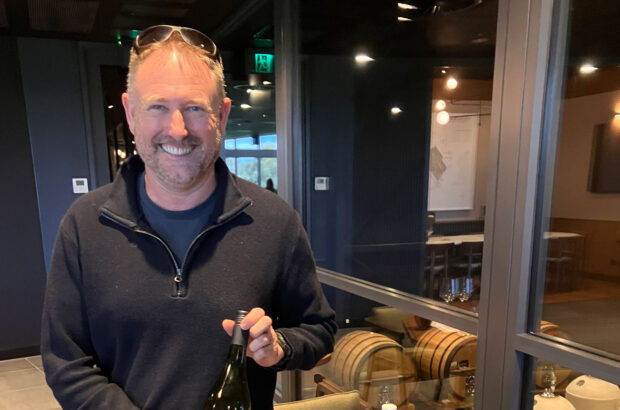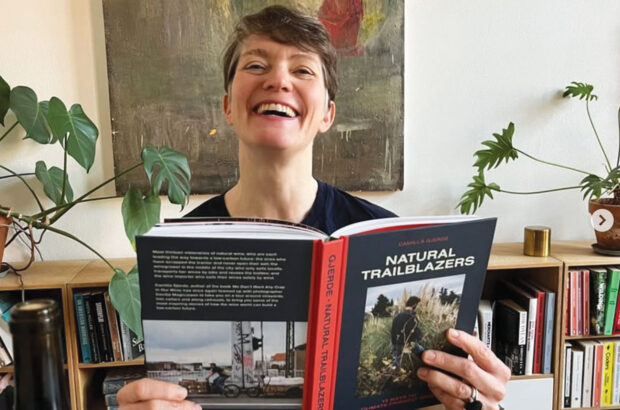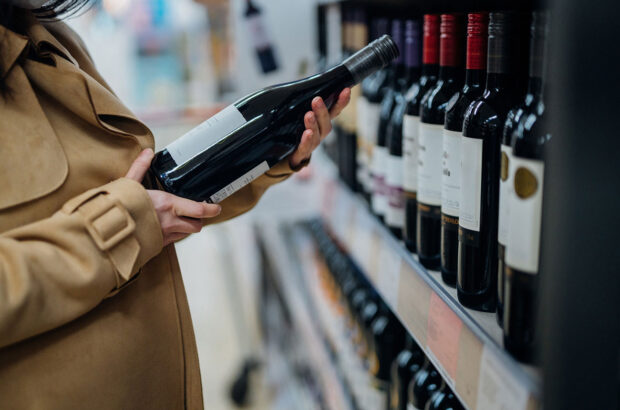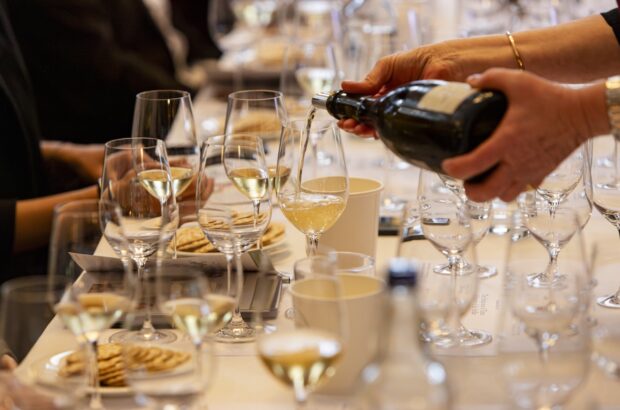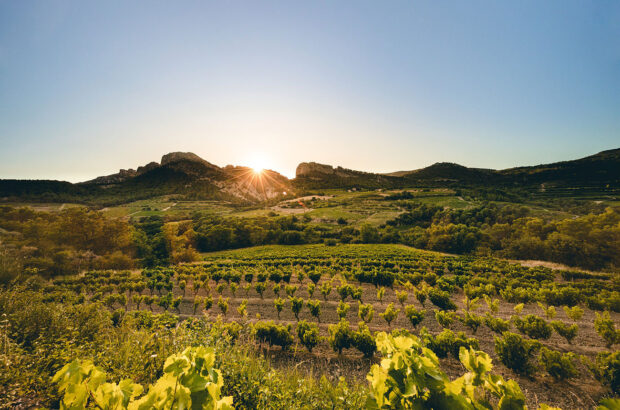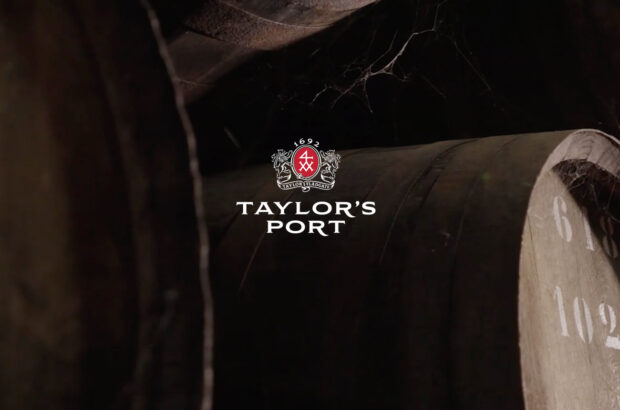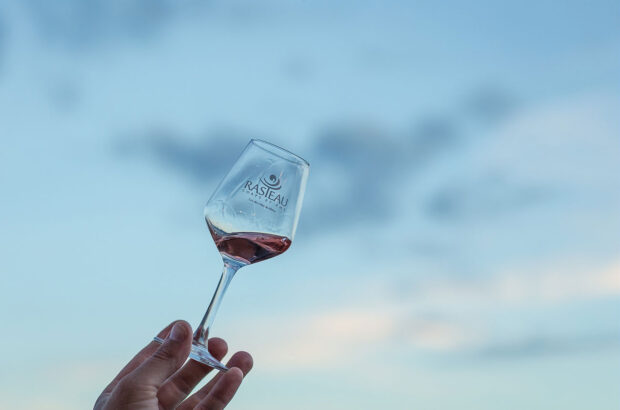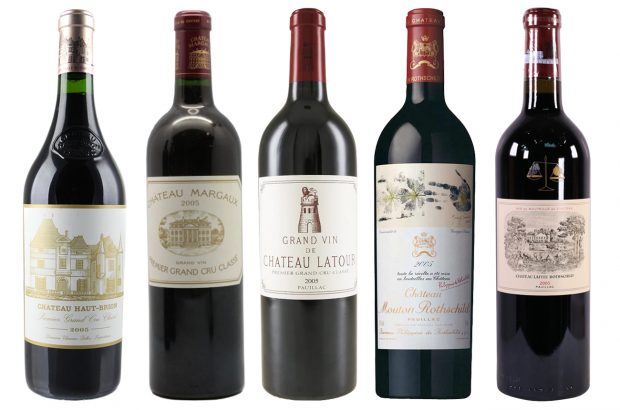Talk to just about anyone involved in making it, and they’ll put this down to one simple word: precision. For a long time and until relatively recently, making Bordeaux was not an entirely scientific endeavour. Whether in the vines or vats, there was an acceptance that occasionally things just happened, or didn’t, that were beyond the producer’s control. Sometimes that worked in their favour, yielding a wine-of-the-vintage contender. Sometimes it went the other way, and they had a crop of crap.
It’s different today. Châteaux have qualified agronomists, agricultural engineers and oenologists on staff, and these disciplines are far better understood. There’s a constant flow of interns from winemaking schools around the world. These people have the knowhow and resources to overcome whatever nature throws at them, to make the best of each vineyard in each vintage.
Working precisely means that anything controllable is controlled. You’re managing 20, 30 or more constituent parcels of vines, treating each with thought and care throughout the growing season. You then harvest the fruit of each parcel at its moment of optimal ripeness. You sort it strictly, removing anything not quite right, and you make a batch of wine. This happens in your state-of-the-art cellar, which is obsessively clean – and has more fermentation vats than you have parcels of vines. Treating each batch as gently or as firmly as your analyses warrant, you then age it in whatever barrel or vat or tank or egg or glass ball will best suit it. Then, and only then, do you blend. The finished product is as close to perfection as possible. Chapeau. But would that approach have yielded a Mouton 1945 or a Palmer 1961?
I wonder if it’s possible to be too precise. It’s not that contemporary Bordeaux wines lack distinctive character. Far from it. Precision isn’t winemaking by rote or following a recipe – charges levelled against the previous generation. What works for Cheval Blanc won’t necessarily apply next door at Figeac, for example. And it’s not like the hand of the maker shows too heavily, either. The Bordelais are too good for that, the days of super-ripe grapes, heavy extraction and plentiful new oak firmly behind them. (There is a clear move towards a lighter touch, which is in itself an interesting development.) But is all this precision leading towards a homogeneity, I wonder – if not of style, then of approach?
By most measures, good Bordeaux is better now than ever before: more phenolic ripeness, greater balance, virtually no faults. When a château of a certain standing makes a stinker of a wine these days, it’s notable because it’s rare. On the other hand, is it really all that newsworthy when a top estate makes a great wine? Every halfway ambitious estate is operating at a higher level than in the past, with every detail precisely controlled.
Are we missing out on those fleeting, random moments of magic – the slightly-too-early harvest, the spontaneous fermentation, the mix-up in the barrel cellar – that lead to something out of the ordinary? Is there a flattening of the curve between highs and lows?
It’s hard to tell, and we might never know – those accidents, happy or otherwise, will likely become a thing of the past. Bordeaux now is less finger-in-the-air and more finger-on-the-pulse: always watching, learning, observing. The more precisely the châteaux work, the better their wines get.
Taken to its extreme, if precision moves from being a means to an end towards an end in itself, might this approach leave us with something a little too perfect? One rough edge too many smoothed out, the last little quirk filed down. Nobody wants overtly rustic tannins, though I’ve got a soft spot for a little bit of solidity here and there; one person’s refined tannins may be another’s loss of identity.
In time, might this convergence in approach lead to a convergence in style?
In my glass this month
Château Picoron in Castillon takes the parcel-by-parcel approach one step further by bottling individual plots separately. The Né de l’Eden 2017 (£19.75-£22 Forest Wines, JN Wine, Thorne Wines) is a minimal-intervention Merlot from a single clay-limestone plot. There’s a lot going on, with floral notes and concentrated berry fruit along with bitter dark chocolate and meaty character. It’s fun and playful, though it has a serious side. It evolved nicely over a few days going back and forth.




